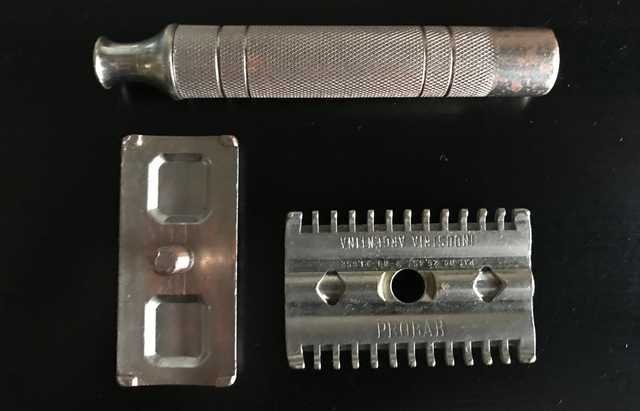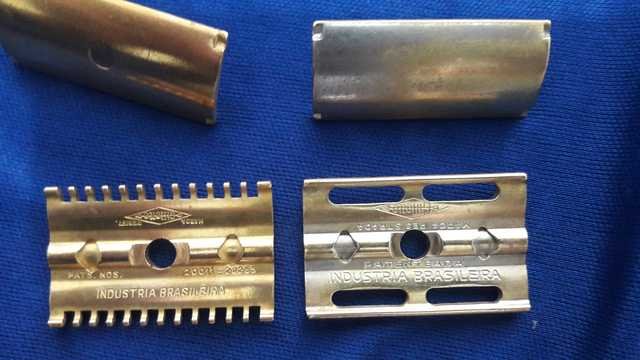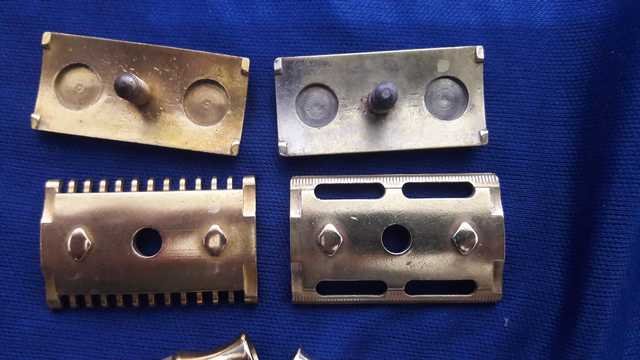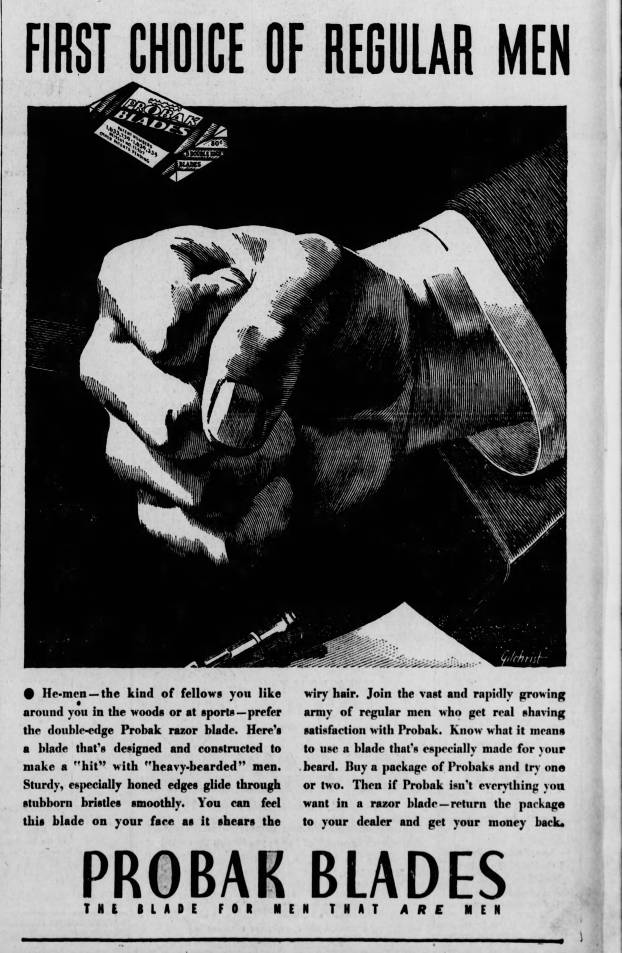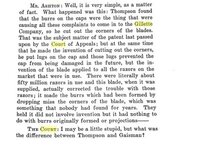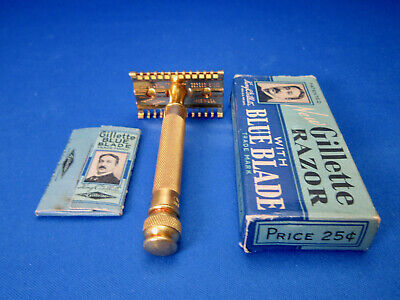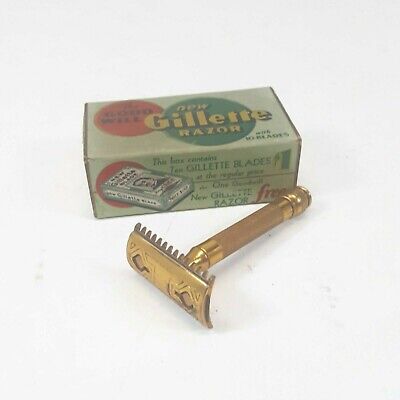R
romsitsa
Hello,
while browsing the internet found some confusing information.
1933.
"In November, 1929, a safety razor—known as the bar type razor—which might or might not come under the patent—went into production and was put on sale by the appellant in the early part of 1930, but the manufacture of that article was soon abandoned; and, then, another safety razor, known as the Goodwill type, claimed to be made under the patent by the appellant, came on the market in May or June, 1931. "
Source: Gillette Safety Razor Co. of Canada Ltd. v. Pal Blade Corporation Ltd. - SCC Cases (Lexum) - https://scc-csc.lexum.com/scc-csc/scc-csc/en/item/8743/index.do
Based on this sole statement, the Goodwill was not a "free" razor, but an alternative to the Gillette New desing, using only the Gaisman patents.
If the above citation is true, it would explain why Goodwills, like the 175, exists. It would also explain why Goodwill type razors (like the London or Empire sets) were sold (not given away) in the UK, France and Germany around 1932-33.
The other weird piece of the puzzle is this picture from Waits Compendium, pg. 448. The picture come from a 1935 Gillette Probak exhibit (never seen it) also mentioned by Krumholz.
The Probak comb design marked with a red arrow is actually the SC New?
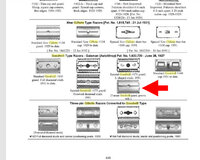
The third thing, the citation from the court suggest that the long slot design was only used between 1929 and 1930, while the Waits picture suggest it was used from 1929 well into 1935.
Both "statements" can't be true.
On solution would be that Gillette abandoned the long slot idea after the merger and sticked with Gaismans patent for a few years.
In theory the "positive registration" required lesser tolerances, so cheaper manufature, but then why did they reintroduce the long slot design in the mid 30ies?
Another solution could be that after the merger Gillette factories produced long slot razors while the Autostrop plants made the "positive registration" razors?
Fourth and last, after seeing a Canadian 162 in person, the old type caps converted to Goodwills (162, 164) are cast, like New caps, so I don't think that Gillette used surplus old type stocks to convert them into Goodwills, but these were newly produced items.
Adam
while browsing the internet found some confusing information.
1933.
"In November, 1929, a safety razor—known as the bar type razor—which might or might not come under the patent—went into production and was put on sale by the appellant in the early part of 1930, but the manufacture of that article was soon abandoned; and, then, another safety razor, known as the Goodwill type, claimed to be made under the patent by the appellant, came on the market in May or June, 1931. "
Source: Gillette Safety Razor Co. of Canada Ltd. v. Pal Blade Corporation Ltd. - SCC Cases (Lexum) - https://scc-csc.lexum.com/scc-csc/scc-csc/en/item/8743/index.do
Based on this sole statement, the Goodwill was not a "free" razor, but an alternative to the Gillette New desing, using only the Gaisman patents.
If the above citation is true, it would explain why Goodwills, like the 175, exists. It would also explain why Goodwill type razors (like the London or Empire sets) were sold (not given away) in the UK, France and Germany around 1932-33.
The other weird piece of the puzzle is this picture from Waits Compendium, pg. 448. The picture come from a 1935 Gillette Probak exhibit (never seen it) also mentioned by Krumholz.
The Probak comb design marked with a red arrow is actually the SC New?

The third thing, the citation from the court suggest that the long slot design was only used between 1929 and 1930, while the Waits picture suggest it was used from 1929 well into 1935.
Both "statements" can't be true.
On solution would be that Gillette abandoned the long slot idea after the merger and sticked with Gaismans patent for a few years.
In theory the "positive registration" required lesser tolerances, so cheaper manufature, but then why did they reintroduce the long slot design in the mid 30ies?
Another solution could be that after the merger Gillette factories produced long slot razors while the Autostrop plants made the "positive registration" razors?
Fourth and last, after seeing a Canadian 162 in person, the old type caps converted to Goodwills (162, 164) are cast, like New caps, so I don't think that Gillette used surplus old type stocks to convert them into Goodwills, but these were newly produced items.
Adam
